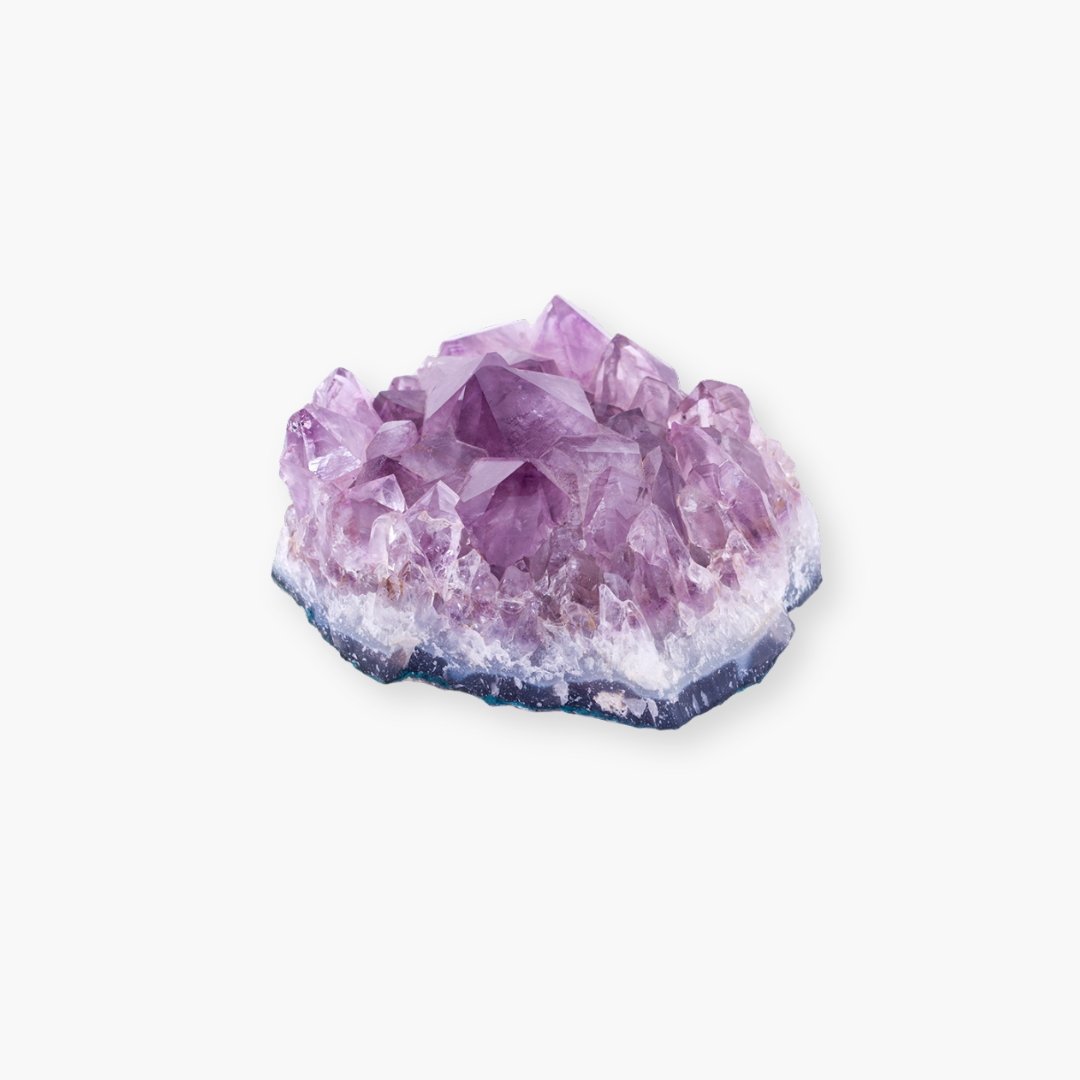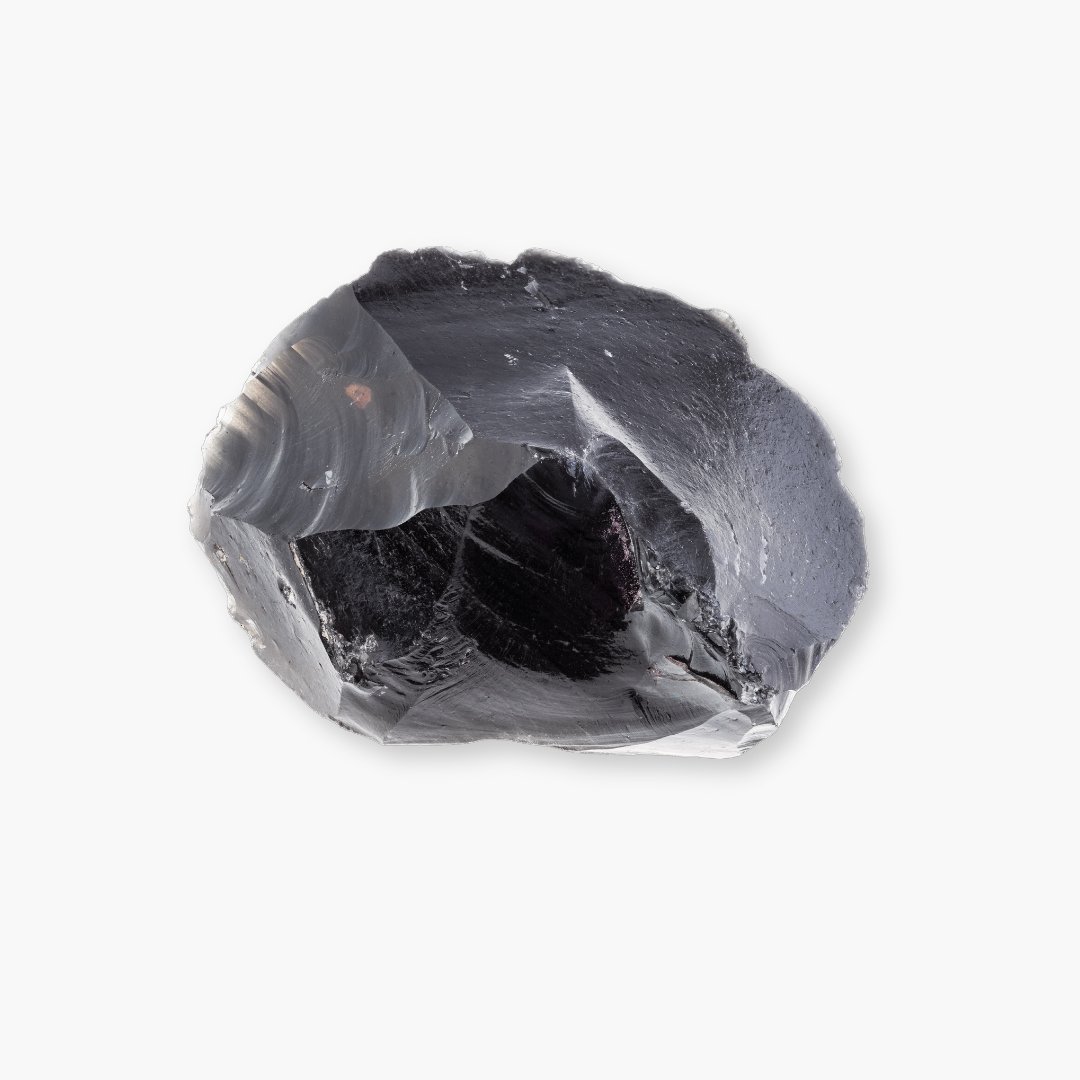Projective and Receptive Energies: What Are They?
Let’s talk energy. Everything in our world has it, from the sun in the sky to the crystals in your hand. But did you know energy can have two distinct “styles” — receptive and projective? These energy types shape how we interact with the world and how we channel the energy of crystals.
We’ve all heard about “masculine” and “feminine” energy, right? It’s the kind of thing we grew up with: blue for boys, pink for girls, cars and dolls, hunters and gatherers. But what if we moved away from linking energy to gender? That’s where projective and receptive energies come in. Think of them as two complementary forces that aren’t about gender but about balance—more like yin and yang in Chinese philosophy.
These energies aren’t opposing but interconnected, working together to create harmony. Here’s a quick cheat sheet to give you an idea:
| Projective | Receptive |
|---|---|
| Electric | Magnetic |
| Hot | Cold |
| Day | Night |
| Physical | Spiritual |
| Active | Inert |
| Summer | Winter |
| Sun | Moon |
| Dominant hand | Non-dominant hand |
| Knife | Cup |
How Does This Relate to Crystals?
Understanding projective and receptive energies can help you work with crystals more effectively, especially when you’re choosing which kind of energy you want to channel.
Generally, we can start with colour as a guide:
Projective stones: White, red, orange, yellow, or gold. Think strength, courage, luck, and success.
Receptive stones: Black, purple, blue, green, pink, or silver. These are more about soothing, love, spirituality, and healing.
Of course, multi-coloured crystals are a bit trickier to categorise, so it’s best to start with single-colour stones if you’re new to this.
What Is Receptive Energy?
Receptive energy is all about drawing in, grounding, and connecting. It feels calming, nurturing, and introspective. Think of receptive energy like taking a deep breath in or wrapping yourself in a cosy blanket after a long day. This energy helps us to listen, heal, and find balance.
In nature, you see receptive energy in the moonlit tides, the stillness of a forest, or the rich earth beneath your feet. It’s slow, steady, and quietly powerful.
When to Use It:
To restore calm after stress.
During meditation or self-reflection.
To connect with intuition or inner wisdom.
Crystal Examples:
Receptive energy is most common in crystals with grounding or soothing properties. Look for stones that feel like a gentle hug:
Amethyst – Calms the mind and supports emotional balance.
Rose Quartz – Opens the heart to love and self-compassion.
Obsidian – Grounds you and absorbs negative energy.
Moonstone – Encourages intuition and emotional clarity.
Lepidolite – Relieves anxiety and promotes peace.
What Is Projective Energy?
On the flip side, projective energy is all about sending out, creating, and expressing. It’s fiery, vibrant, and action-oriented. Imagine the sun’s rays warming your skin or a burst of confidence before a big presentation — that’s projective energy in action.
This type of energy is all about making things happen. It’s a force for manifestation, protection, and boldness.
When to Use It:
To boost confidence or focus.
For setting intentions and taking action.
When you need a little extra “oomph” to tackle challenges.
Crystal Examples:
Crystals with bright, energising properties often carry projective energy. Think of stones that light a fire within:
Citrine – Sparks creativity and abundance.
Carnelian – Fuels motivation and courage.
Sunstone – Radiates joy and empowerment.
Tiger’s Eye – Balances boldness with grounded action.
Ruby – Ignites passion and vitality.
Are There Exceptions? Absolutely.
Crystals, like people, don’t always fit neatly into boxes. Take selenite, for example. It’s white and clear, which might make you think it’s projective. But because it’s connected to the moon, water, and Cancer (a super receptive astrological sign), it’s actually a receptive stone. It’s all about looking at the bigger picture.
Multi-coloured crystals, like lapis lazuli, are another fun challenge. At first glance, its blue hue makes it receptive. But it also contains tiny bits of projective pyrite. Since the pyrite is minimal, lapis lazuli’s calming, blue energy dominates, so it’s classified as receptive.
How Can You Tell if a Crystal is Projective or Receptive?
The best way? Spend time with your crystals. Getting to know them is like forming a new friendship—personal and unique to you. Sure, there are general guidelines, but your connection to a crystal will always be personal.
Here’s a simple meditation exercise to try:
Grab 3–5 tumbled crystals and wrap them in paper so you can’t see which is which. (Write down their names somewhere so you can check later.)
Find a quiet spot where you won’t be interrupted.
Choose one crystal, hold it in your hand, and set a timer for 5 minutes.
Observe—what do you feel, see, or even hear? Write down everything.
Try switching hands. Sometimes that changes the experience.
When time’s up, reflect. Can you guess which crystal it was? Does it feel projective or receptive?
Keep a crystal journal for these observations. Over time, you’ll build your own “crystal dictionary” to help guide your intuition.
Appendix: A Quick Reference for Crystal Energies
Here’s a handy list of some common crystals and their energy types:
| Crystal | Energy |
|---|---|
| Amazonite | Receptive |
| Amethyst | Receptive |
| Aventurine | Projective |
| Black Tourmaline | Receptive |
| Bloodstone | Projective |
| Carnelian | Projective |
| Celestite | Receptive |
| Citrine | Projective |
| Clear Quartz | Both |
| Garnet | Projective |
| Hematite | Projective |
| Kunzite | Receptive |
| Malachite | Receptive |
| Peridot | Receptive |
| Pyrite | Projective |
| Rose Quartz | Receptive |
| Selenite | Receptive |
| Sodalite | Receptive |
| Sunstone | Projective |
| Tiger's Eye | Projective |









